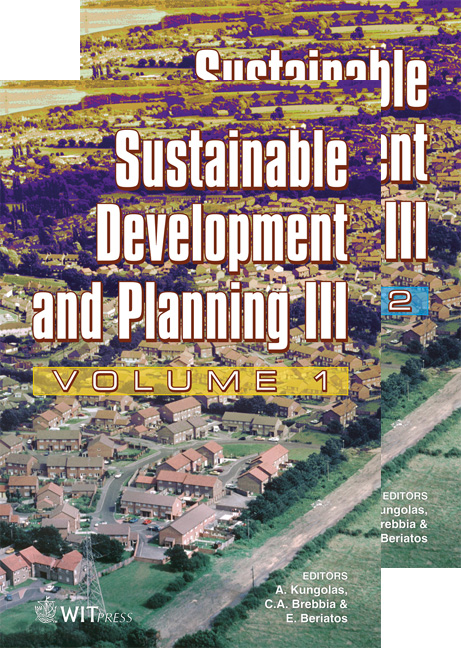Heavy Metal Concentrations In Sediments Of The Capibaribe River Estuary In The Metropolitan Region Of Recife, Pernambuco-Brazil
Price
Free (open access)
Transaction
Volume
102
Pages
9
Published
2007
Size
1,576 kb
Paper DOI
10.2495/SDP070341
Copyright
WIT Press
Author(s)
S. J. Macedo, H. K. Philippini da Silva, F. M. M. Brayner, M. M. M. B. Duarte & A. M. F. Barbosa
Abstract
The objective of this research was to assess the heavy metal concentration in sediments from the Capibaribe river estuary located in Recife City (Pernambuco, Brazil). Sampling was carried out in the rainy and dry seasons in six fixed stations along the river estuary during the rainy/2002 and dry/2003 seasons. Superficial sediment samples were collected between 0 – 10 cm deep, during low tide. 14 traps were also used and the settled sediment collected 24 hours later. Dissolved oxygen, pH, salinity, temperature and water transparency data were obtained in the same stations. To quantify cadmium, cobalt, copper, chromium, iron, lead, manganese, nickel and zinc metals an Atomic Emission Spectrometer with Inductive Coupled Plasma (ICP-AES) method was used. No cobalt, lead or nickel were detected, all of them below the quantifying limit. The obtained results to both sediments and sedimentary material showed concentration levels above \“background” indicating a high level of contamination in the study area. The pH, salinity, temperature and water transparency parameters results are as expected to estuarine areas. The dissolved oxygen content indicated that pollution is threatening the water quality in the area studied. Keywords: estuary, heavy metal, sediments. 1 Introduction Estuaries are complex ecosystems that are controlled and regulated by a variety of physicochemical and biological processes. In addition, estuarine organisms
Keywords
estuary, heavy metal, sediments.





